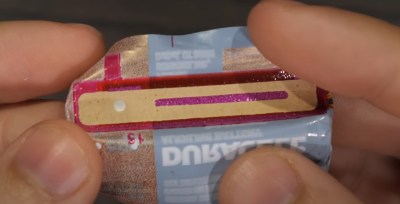It’s likely that many Hackaday readers will have had their interest in electronics as a child honed by exposure to an electronics kit. The type of toy that featured a console covered in electronic components with spring terminals, and on which a variety of projects could be built by wiring up circuits. [Matthew North Music] has a couple of these, and he’s made a video investigating whether they can be used to make music.
The kits he’s found are a Radio Shack one from we’re guessing the 1970s, and a “Cambridge University Recording Studio” kit that looks to be 1990s-vintage. The former is all discrete components and passive, while the latter sports that digital audio record/playback chip that was the thing to have in a novelty item three decades ago. With them both he can create a variety of oscillator and filter circuits, though for the video he settles for a fairly simple tone whose pitch is controlled by an light-dependent resistor, and a metronome as a drum beat.
The result is a little avant garde, but certainly shows promise. The beauty of these kits is they can now be had for a song, and as grown-ups we don’t have to follow the rules set out in the book, so we can see there’s a lot of fun to be had. We look forward to some brave soul using them in a life performance at a hacker camp. Continue reading “75-In-One Music”

















